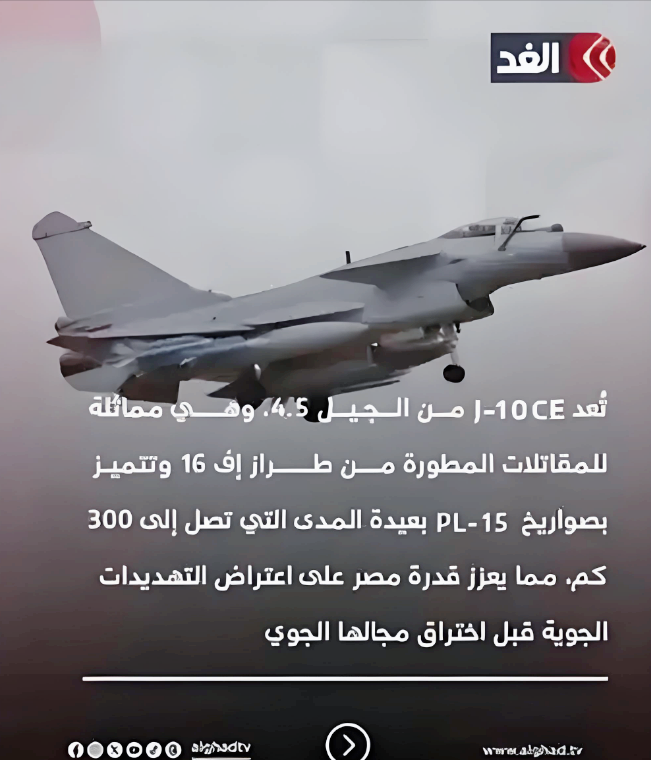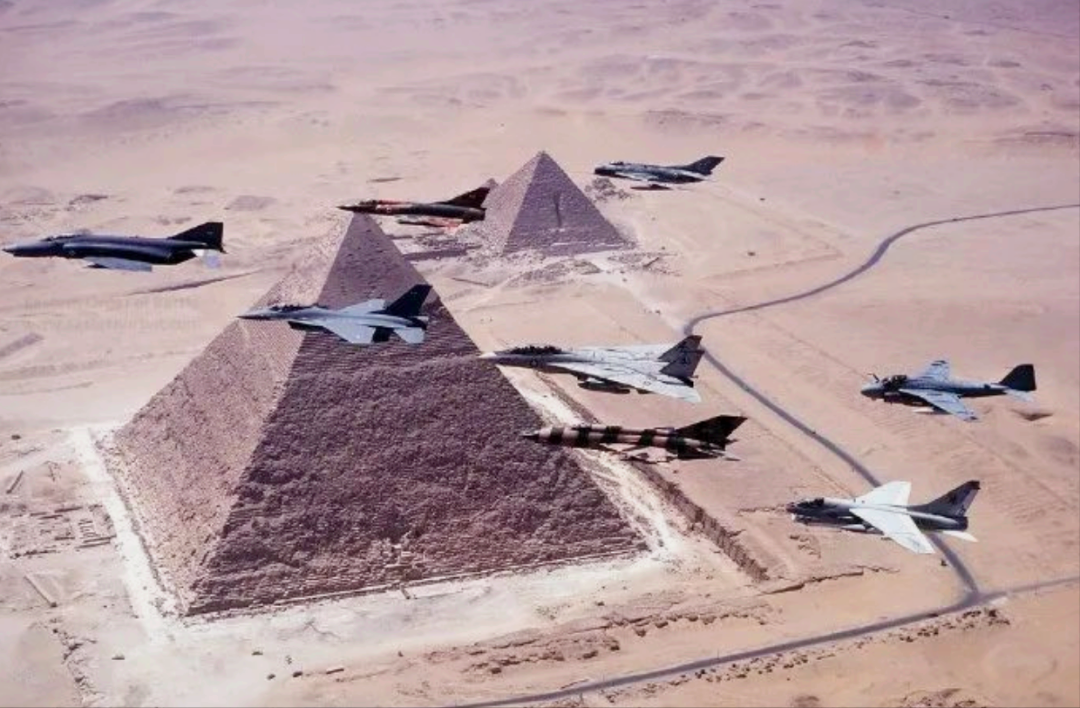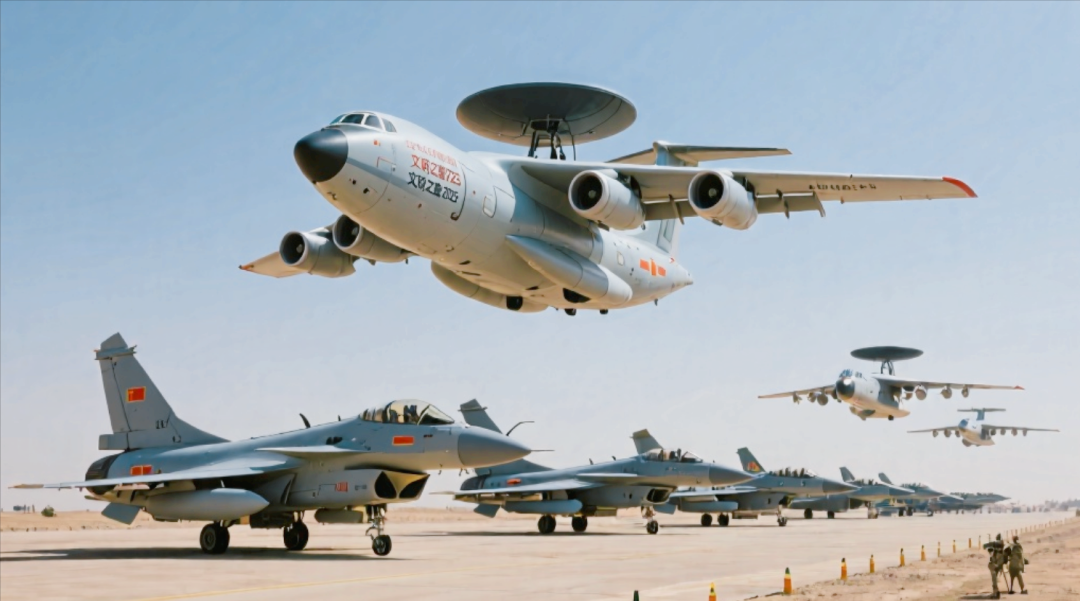It was initially thought that the arrival of five Y-20 aircraft in Cairo, Egypt, was shocking enough, but it turned out that this was not the climax. It wasn’t until April 19, when a Chinese Air Force formation, including the J-10C, appeared at the Sino-Egyptian military exercise site, that we realized how tightly China had kept this under wraps. If it weren’t for reports from Egyptian media, we would have been completely unaware of the pulse of this Sino-Egyptian joint military exercise.

Meanwhile, according to US media reports, the Pentagon has confirmed the sudden dismissal of Timothy Hoh, the Director of the National Security Agency and Commander of Cyber Command, along with several close aides to the Secretary of Defense. This news has sparked speculation. Reports indicate that the dismissed personnel were involved in the military operation plans for the Panama Canal and the failure of the US military to intercept the Chinese formation during exercises in the Red Sea, exposing vulnerabilities in US intelligence. The dismissals may be an attempt to quell congressional doubts and cover up the reality of declining US control in the Middle East.

Regardless of the truth, the simultaneous appearance of the Y-20 and J-10C in Egypt, with no response from the US military, at least indicates two things: these events are not isolated, and there are indeed issues with US intelligence capabilities.
It is important to note that, based on the information currently available, the scale of this Sino-Egyptian military exercise is quite impressive. Five Y-20 aircraft are responsible for strategic transport, the YU-20 provides refueling, and the KJ-500 accompanies the formation, providing escort for the J-10C. Together, they form a complete “strategic transport + air command” air superiority chain, traversing the airspace of the Red Sea, UAE, and Saudi Arabia, covering nearly 6000 kilometers directly to Egypt, while managing to bypass US-deployed Patriot and Aegis systems in Israel without detection. This demonstrates that the Chinese Air Force has the capability to break the previous US monopoly on air situations in the Middle East. Egypt has also deployed its only aircraft capable of beyond-visual-range air combat, the MiG-29M/M2, indicating the importance both sides place on this military exercise.

Additionally, the types of military aircraft deployed by both sides in this exercise also have significance.
1. The Y-20 and KJ-500 formation initiates ultra-low altitude penetration and electronic interference, allowing them to evade US aircraft carrier radar detection, thereby validating China’s long-range covert delivery capabilities, which is a tactical breakthrough.
2. The KJ-500 commands the J-10CE and the Egyptian MiG-29 in coordination, enabling data sharing on air situations between China and Egypt, paving the way for future conflict simulations in the Middle East. The YU-20 provides aerial refueling for the J-10C, making it possible for China to establish its first strategic supply node in the Middle East, radiating to North Africa and West Asia. During the Gulf War in 1991, China used the YU-20 + J-10CE combination to achieve long-range air superiority without relying on overseas bases, something even the Soviet Union could not accomplish at the time.
3. The avionics of the J-10CE are comparable to Israel’s F-16I, significantly enhancing Egypt’s air superiority capabilities. The Suez Canal is particularly important for Egypt, and the deepening of Sino-Egyptian cooperation and the establishment of a joint data link create an information bridge, allowing China to radiate the Mediterranean-Red Sea-Indian Ocean routes. Egypt can leverage Chinese technology to escape Western arms restrictions while maintaining control over the Suez Canal, thereby weakening the US’s “Indo-Pacific-Middle East” linkage strategy and restoring balance in the Middle East.

If Egypt has needs, China offers “no political strings attached” transactions, winning the trust of the Egyptian side, which is more cost-effective than France’s refusal to sell “Meteor” missiles or the US’s obstruction of Egypt’s acquisition of precision-guided weapons.
In this context, the positioning of this Sino-Egyptian joint military exercise is very clear: Sino-Egyptian cooperation synchronizes with South China Sea rights protection and Taiwan Strait patrols, using breakthroughs in the Middle East to constrain US military deployments globally, successfully leveraging the pivot of US hegemony. The dismissal events coincide with the US military’s simultaneous challenges in addressing both “Indo-Pacific containment” and “Middle East stability,” leading to a dual-line retreat and confusion in high-level strategic focus. The dismissals are merely a case of robbing Peter to pay Paul.
However, the dismissal of US military officials is just the tip of the iceberg in the reconstruction of global order. While it is difficult to stop the trend, it is still a fact that the US remains powerful.
On April 19, Israeli attacks on the Gaza Strip are still intensifying, and according to the “Times of Israel,” Netanyahu has made it clear that the war will not end until Hamas is destroyed. If the conflict between Israel and Palestine continues to escalate, the US can still intervene militarily in the Middle East multiple times, as it did in the last century, thereby influencing regional dynamics and global economic development.
Of course, a journey of a thousand miles begins with a single step. The ability of the Y-20 and J-10C to reach Egypt signifies that this contest has long surpassed the weapons themselves, and Sino-Egyptian cooperation acts as a powerful force, providing both sides with the potential to reshape regional order. It represents China’s effort to dismantle “military hegemony” through “technological breakthroughs,” writing new rules under the pyramids:True strategic delivery is not about where aircraft carriers go, but where technological standards reach; it signifies that the Pentagon’s list of dismissals may continue to grow, but the skies over the Middle East are no longer exclusively Washington’s domain.